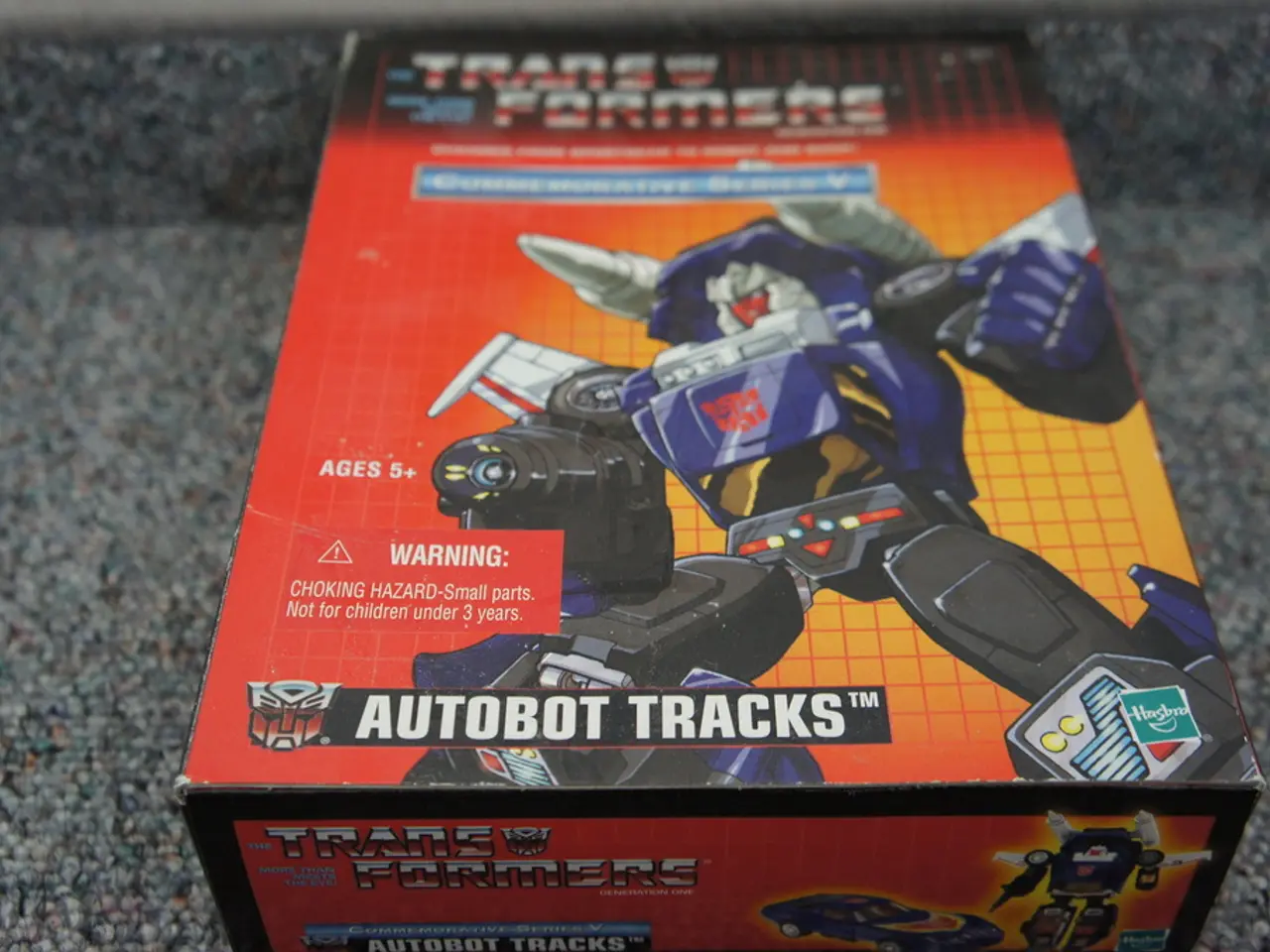Artificial Intelligence integration announced by Schneider Electric in their latest patent, aiming to enhance safety measures and lower potential risks.
In a significant stride towards enhancing industrial safety, Schneider Electric, a leading player in energy management and automation, has patented an AI system designed to minimize process safety hazards in industrial processes. This development is part of an initiative to bolster functional safety using artificial intelligence (AI).
The AI system, developed by Schneider Electric's EcoStruxure Triconex Safety team, offers a unique approach to process safety management. By leveraging industrial, real-time data, it can revalidate HAZOP (Hazard and Operability) studies, potentially preventing industrial hazards and saving lives.
The system's key feature is its ability to prevent hazards using an analysis tool that engages protective mechanisms in the process. It automatically or semi-automatically analyses potential process hazards and validates protection mechanisms, offering a level of precision and efficiency that was previously unattainable.
The patent allows for the simulation of hazards under varying conditions, and it has the potential to generate more combinations of scenarios and deviations than what was humanly possible before. This capability contributes to a more rigorous and robust HAZOP study, ensuring a higher level of safety in industrial processes.
Chris Stogner, senior director of offer management at Schneider Electric, stated that they are the first to automate the hazard process analysis with AI. Moreover, three other Schneider Electric patents incorporating AI into functional safety lifecycle are currently pending.
The patent is related to the field of industrial automation, and its significance comes as there is a growing interest in combining human ingenuity in functional safety analysis with the implementation of reinforcement learning.
The latest advancements in using AI for process safety management in industrial automation are geared towards enhancing risk assessment accuracy, automating complex data processing, and adapting dynamically to evolving compliance and safety requirements.
AI-powered automation improves risk assessments by analysing diverse data sources, enabling early detection of subtle compliance deviations and minimizing false positives in safety risk evaluations. Generative AI and machine learning advance unstructured data processing, allowing the extraction of crucial insights from accident reports, maintenance logs, sensor data, videos, and images.
Automated frameworks adapt in real-time to changing regulatory environments, updating assessment logic based on new standards and emerging threats. Integration of AI with industrial IoT and sensor networks is increasingly enabling continuous monitoring of equipment and processes, predicting equipment failures or process anomalies that may lead to safety incidents.
Regulatory agencies are developing frameworks to ensure safe AI use in critical domains, supporting trust in AI-driven safety management tools. Strategic government efforts, such as the U.S. "America’s AI Action Plan," support accelerated AI innovation and infrastructure development, including in sectors like industrial automation.
As industries undergo digital transformation, the benefits of implementing AI in daily operations increase. The focus is on preventing hazardous scenarios in industrial automation, contributing to safer, more efficient industrial operations through proactive and intelligent safety controls.
- The artificial-intelligence system developed by Schneider Electric, through its EcoStruxure Triconex Safety team, is not only designed to minimaize process safety hazards in industrial processes but also to revalidate HAZOP studies using industrial, real-time data, thereby preventing industrial hazards and saving lives.
- With the patenting of this AI system, Schneider Electric has taken a significant step towards the integration of artificial-intelligence in the finance (industry) sector, particularly in industrial automation, contributing to a more rigorous and robust HAZOP study and ensuring a higher level of safety in industrial processes.




